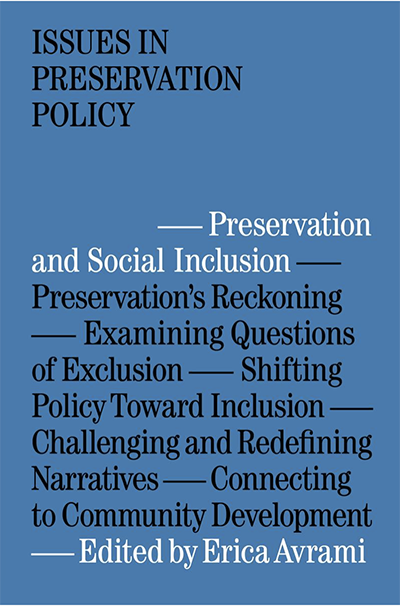
How Can Historic Preservation Be More Inclusive?

From UNESCO World Heritage Sites to the National Register of Historic Places and local historic districts, understanding and honoring our history is a way to add meaning to the present. In New York City, more than one hundred neighborhoods have been designated historic districts, adding to the historical and architectural depth of our city.
The neighborhoods designated as historic districts by the City’s Landmarks Preservation Committee, however, tend to be whiter and more affluent than other parts of New York. In Manhattan, most historic districts are located on the Upper East Side, Upper West Side, and Lower Manhattan below 14th Street. In Brooklyn, most historic districts are concentrated in Downtown Brooklyn and the areas surrounding Prospect Park. These districts are 80 percent white and over 90 percent college-educated, compared to non-historic districts, which are 43 percent white and 33 percent college-educated. Critics of the process assert that historic preservation prioritizes certain narratives over others, deeming only certain strands of history as worth preserving. There is also a concern that well-educated white residents may be able to navigate the historic designation process successfully, reaping the financial or social benefits of living in a historically designated area.
In “How Can Historic Preservation Be More Inclusive? Learning From New York City’s Historic Districts,” a chapter from Columbia University’s Preservation and Social Inclusion, NYU Furman Center Faculty Director Ingrid Gould Ellen, along with Brian J. McCabe and Gerard Torrats-Espinosa, explores the impact historic designation has on a neighborhood’s home prices and desirability, which, in turn, may impact the composition of residents. Historic designation may also make it more difficult to build affordable housing, or additional housing units in general. Ellen, McCabe, and Torrats-Espinosa ask these questions to understand what it would mean for historic designation to support diverse communities rather than reinforcing socioeconomic and racial segregation.
Using data from the US Census Bureau, the New York City Department of City Planning, and the New York City Landmarks Preservation Commission from 1970 to 2014, Ellen, McCabe, and Torrats-Espinosa investigate whether sociodemographic factors led some neighborhoods to become historic districts while others were overlooked. They restricted their analysis to census tracts with at least one lot designated as a historic district, included the median age of housing as a proxy for architectural style, and included the community district of the census tract as a proxy for the neighborhood’s historic character. The results show that neighborhoods that would become historic districts had, on average, more residents of high socioeconomic status than neighborhoods that would not receive historic district designation. In 1970, neighborhoods that would go on to become historic districts had a higher share of adults with college degrees, a higher median income, and a lower homeownership rate than non-historic districts. Regarding race, areas that would become historic districts had lower Hispanic and Black population shares and a higher white population share. After accounting for the age of the housing stock in the neighborhood and the part of the city in which it was located, the authors found that neighborhoods that would go onto becoming historic districts had lower Hispanic population shares, lower poverty rates, higher college graduate shares and higher mean incomes.
Ellen, McCabe, and Torrats-Espinosa also examine what happened to the demographic composition of neighborhoods after they were designated as historic districts. They found that when census tracts become historic districts, the share of college-educated residents increases, as does median income and homeownership rates. Poverty rates go down, as well. In other words, neighborhoods designated as historic districts grow more advantaged following designation. That said, racial composition seems not to change significantly, and the changes are no more pronounced in lower-income neighborhoods.
Looking ahead, planners and preservationists concerned with equity, diversity, and inclusion should capture the diverse histories of diverse communities in New York City. Reshaping the process by which neighborhoods achieve historic designation may help; understanding why some neighborhoods remain on the docket of the Landmarks Preservation Commission for years while others receive prompt formal designation is an important question to ask.
It is also critical that planners and preservationists ask who really benefits from historic designation. If such designation increases property values, homeowners may benefit while low-income renters are locked out. Planners might consider strategies to pair historic designation with other policies that lock in sociodemographic diversity in soon-to-be historic districts. If their designation limits the ability to build affordable housing in these neighborhoods, the Landmarks Preservation Committee should consider upzoning nearby areas to ensure New York City’s housing supply can meet demand. More broadly, understanding how neighborhood character changes before and after designation may reveal other ways historic designation can be made more inclusive for low-income residents.


